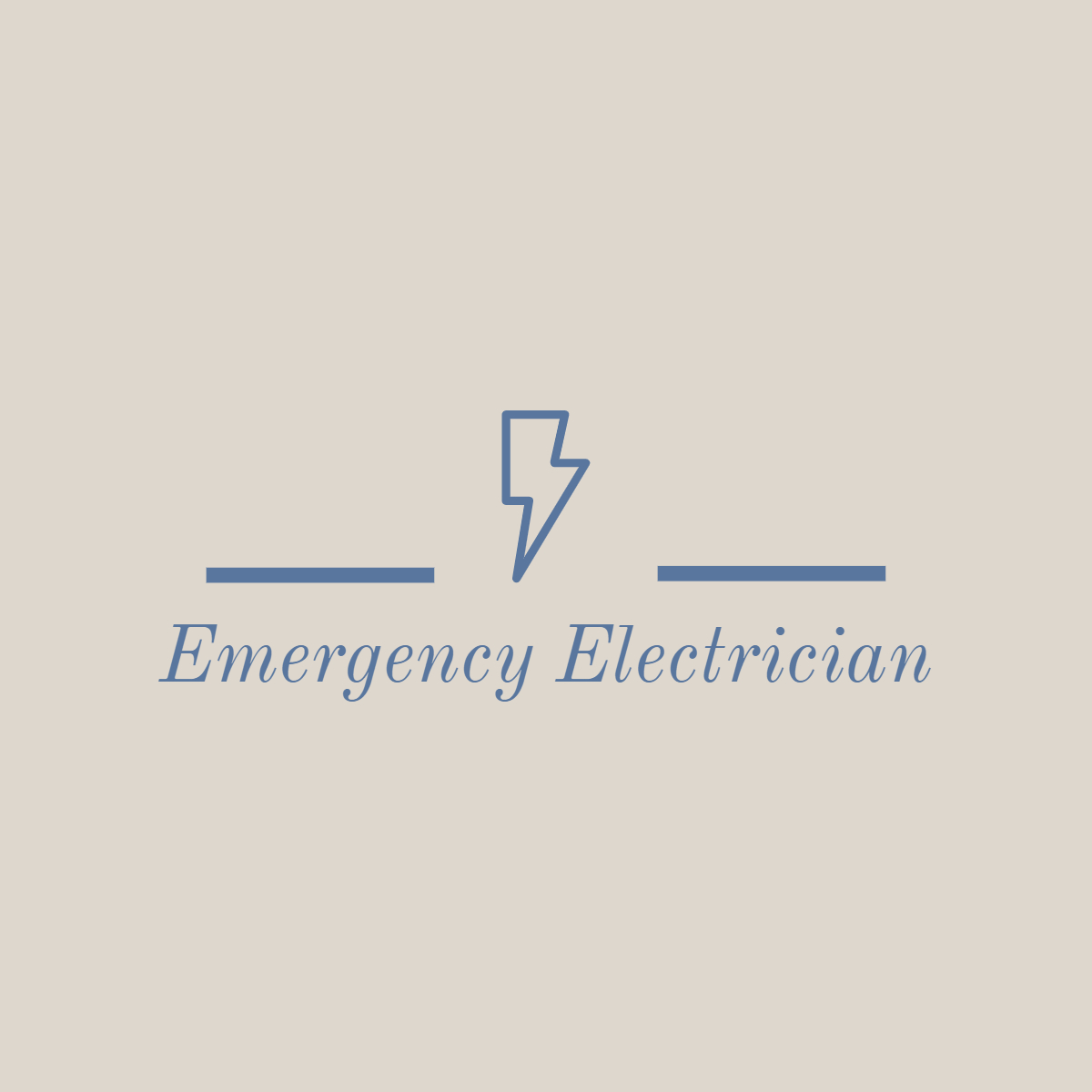Service area
Local Service in E
Discover trusted professionals covering E. Browse categories, check reviews, and connect instantly.
Quick view
Local specialists
Active listings
1
Share your project details and hear back quickly from verified providers in E.
Local directory
Trusted pros in E
Luminex Solutions
✅We are covering local and surrounding Areas ✅No charge for call-outs: Luminex Solutions offers free call-out service. ✅Expert assistance: Our team provides expert help with any lighting issues you encounter. ✅Resolve any lighting problem: Whether it's blinking bulbs, buzzing fixtures, or strobing outdoor lights, we've got you covered. ✅Tailored solutions: Say goodbye to flickering lights and hello to customized, dimmable solutions. ✅Comprehensive service: From ceiling lights to porch lights, bathroom lights to recessed lighting, we handle it all. ✅Brighten up your surroundings: Contact us today to illuminate your space and say goodbye to lighting issues!
About the area
E
UK
1. Why exposed wires break?
Exposed wires can break due to various factors, including:
Physical Damage: Exposed wires are vulnerable to physical damage from bending, twisting, crushing, or impact. Over time, repeated bending or flexing of the wire can cause fatigue and weakening of the metal strands, leading to breakage. Physical damage can occur during installation, maintenance, or everyday use, especially in high-traffic areas or harsh environments.
Abrasion: Exposed wires may rub against rough or abrasive surfaces, leading to abrasion and wear of the insulation and conductor. Abrasion can occur when wires pass through sharp edges, cable glands, or conduit fittings, causing the insulation to wear away and exposing the conductor. Continuous abrasion can weaken the wire and eventually cause it to break.
Tension and Strain: Exposed wires subjected to tension or strain, such as those supporting heavy loads or stretched across long distances, may experience stress concentration at certain points along the wire. Excessive tension or strain can cause stretching or elongation of the wire, leading to mechanical failure and breakage.
Corrosion: Exposed wires in outdoor or corrosive environments may be susceptible to corrosion, especially if they are made of ferrous metals such as steel or iron. Corrosion weakens the metal structure of the wire and can eventually cause it to break. Corrosion may be accelerated by exposure to moisture, chemicals, salt, or other corrosive substances.
Temperature Changes: Exposed wires may expand and contract in response to temperature changes, especially in outdoor or exposed environments. Thermal cycling can induce mechanical stress on the wire and lead to fatigue failure over time. Rapid temperature changes or extremes of heat or cold can exacerbate this effect.
Chemical Exposure: Exposed wires may come into contact with chemicals, solvents, oils, or other corrosive substances that can degrade the insulation or conductor material. Chemical exposure can weaken the wire and make it more prone to breakage, especially if the insulation is compromised.
Overloading: Exposed wires carrying currents beyond their rated capacity may experience overheating, which can weaken the insulation and conductor material. Overloading can lead to thermal degradation of the wire and increase the risk of breakage, especially at points of high electrical resistance.
Age and Degradation: Over time, exposed wires may degrade due to environmental factors, mechanical stress, or material fatigue. Aging wires may become brittle, lose flexibility, or develop cracks in the insulation, increasing the likelihood of breakage.
2. What are the solutions for exposed wires?
There are several solutions for addressing exposed wires to ensure safety and proper functionality:
Insulation and Enclosure:
Wrap exposed wires with electrical tape or use heat shrink tubing to insulate and protect them from physical damage, moisture, and environmental factors.
Install conduit, raceways, or wire ducts to enclose and protect exposed wires, especially in high-traffic areas or harsh environments.
Cable Management:
Use cable ties, clamps, or cable organizers to secure and manage exposed wires, preventing tangling, strain, and abrasion.
Route wires away from sharp edges, moving parts, or sources of heat to minimize the risk of physical damage.
Repair and Splicing:
Repair damaged or frayed wires by cutting out the damaged section and splicing the wires back together using soldering, crimping, or wire connectors.
Ensure proper insulation and strain relief at spliced connections to maintain electrical integrity and prevent future breakage.
Waterproofing:
Use waterproof connectors, junction boxes, or enclosures to protect exposed wires from water exposure in outdoor, wet, or humid environments.
Apply silicone sealant or waterproof tape to seal cable entry points, connections, or splices to prevent moisture ingress.
Proper Installation:
Install wires according to electrical codes and standards, ensuring proper routing, spacing, and support to minimize stress, tension, and strain on the wires.
Use appropriate wire gauge and insulation ratings for the intended application and load requirements to prevent overheating and overloading.
Environmental Protection:
Shield exposed wires from exposure to corrosive chemicals, solvents, oils, or UV radiation using protective coatings, covers, or barriers.
Install wire guards, bollards, or protective barriers to prevent accidental damage from vehicles, equipment, or debris.
Regular Inspection and Maintenance:
Conduct routine inspections of electrical installations to identify and address any signs of damage, wear, or deterioration of exposed wires.
Replace worn or damaged wires, insulation, or connectors promptly to maintain electrical safety and reliability.
Professional Assistance:
Seek assistance from qualified electricians or technicians for complex wiring installations, repairs, or upgrades, especially in commercial, industrial, or high-voltage applications.
Consult with professionals for guidance on selecting appropriate materials, techniques, and solutions for addressing specific challenges related to exposed wires.
